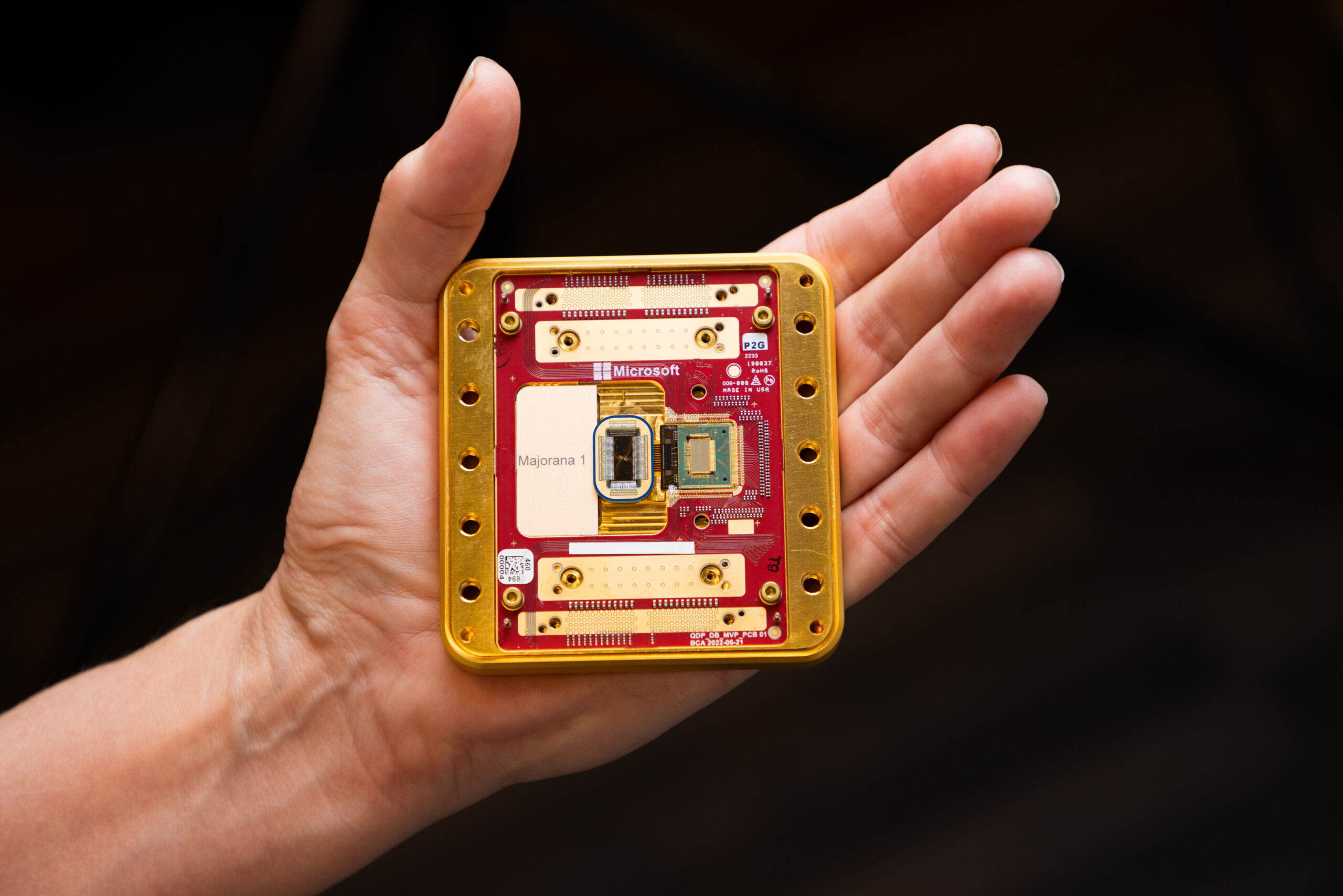In an effort to boost national security and safeguard public welfare, the German government has revealed a policy that permits law enforcement to take down drones under specific circumstances. This action is in response to rising fears about the possible abuse of unmanned aerial vehicles (UAVs) in unlawful acts like spying, trafficking, and assaults on vital infrastructure. This change signifies a pivotal alteration in the nation’s strategy towards drone regulation, as officials aim to manage the growing number of drones in delicate zones.
The rise of drone-related security threats
Drones have become an essential component of contemporary technology, providing a variety of uses, ranging from entertainment to commercial and military applications. Nevertheless, their extensive availability and capabilities have led to significant security issues. Drones can be easily exploited for unlawful tasks, such as smuggling prohibited items into restricted areas, gathering intelligence on critical facilities, or even executing direct assaults on vital infrastructure. To counter these dangers, the German government has decided to grant law enforcement the power to disable drones that are considered a threat to public security.
Worries about the policy’s effect on community safety and personal privacy
The choice to permit law enforcement officials to bring down drones stirs debate. Some contend it might result in needless escalation, especially in cases where drones are merely flown for entertainment or have accidentally wandered into off-limits airspace. Moreover, there are worries about endangering uninvolved individuals, as bringing down a drone might lead to debris scattering in busy locales. Nonetheless, the authorities have insisted that this measure will be enforced exclusively in scenarios where drones are deemed to present an immediate and significant threat to public safety.
The growing need for stronger drone regulations
The issue of drone misuse has become more pronounced in recent years, as drones have become more affordable and accessible to the general public. While many drones are used for legitimate purposes, such as photography, surveillance, and delivery services, their potential for abuse has caught the attention of authorities. The possibility of drones being used for terrorism or criminal activities is a growing concern, particularly in the context of large-scale public events or in proximity to critical infrastructure like airports, power plants, and government buildings.
One notable example of the potential threat posed by drones occurred in 2018, when a drone caused significant disruptions at London’s Gatwick Airport. The airport had to shut down for several days as a result of a drone sighting near the runway, leading to flight cancellations and delays affecting thousands of passengers. Incidents like this have prompted governments around the world to re-evaluate their drone regulations, with some countries taking more proactive steps to deal with the emerging risks associated with these devices.
Germany’s new policy is part of a broader European trend of strengthening drone laws. Several other countries, including France and the United Kingdom, have already implemented or are considering similar measures to combat the growing threat of drone misuse. In some cases, these countries have introduced no-fly zones around critical infrastructure, or employed specialized technology designed to detect and disable unauthorized drones.
Addressing the balance between security and privacy
One of the key challenges in implementing such a policy is balancing the need for security with the protection of individual privacy rights. Drones have the potential to intrude on personal privacy, particularly when used for surveillance purposes. However, the widespread use of drones for legitimate activities, such as aerial photography and delivery services, has made it difficult for lawmakers to craft regulations that can effectively address both concerns.
To tackle these issues, the German government has stated that the policy will adhere to strict protocols and supervision. Law enforcement personnel will need to adhere to specific criteria when making decisions about whether to bring down a drone, such as evaluating the potential threat the drone represents and establishing if it is flying within a prohibited zone. Moreover, the policy will be closely observed to prevent the unwarranted targeting of innocent drone pilots.
Despite these safeguards, concerns about the potential for overreach remain. Some critics worry that allowing police to take down drones could lead to an erosion of civil liberties, as individuals may be deterred from using drones for fear of facing harsh penalties or having their equipment destroyed. There are also concerns about the potential for drone-related accidents or injuries, particularly if the drones are shot down in populated areas or near critical infrastructure.
The evolution of drone defense technologies
As drones become more advanced and their capabilities continue to evolve, governments will need to develop more sophisticated methods for managing their use. The ability to shoot down drones is just one of many tools that law enforcement agencies can use to protect public safety, and it is likely that other countries will adopt similar measures in the coming years.
Besides enabling law enforcement to intercept drones, certain governments are channeling resources into sophisticated technologies designed to identify and disable unauthorized UAVs. These innovations encompass drone jammers, which have the capability to disrupt the signal between a drone and its pilot, in addition to systems capable of capturing drones in flight. Although these approaches are still under development, they provide an option other than shooting drones down, which poses risks in populated or sensitive regions.
Future implications for drone regulation
The growing prevalence of drones presents a unique challenge for governments around the world. On one hand, drones have the potential to revolutionize industries such as logistics, agriculture, and surveillance, offering new opportunities for innovation and efficiency. On the other hand, they also pose significant risks when used for criminal purposes or as a tool for terrorism. Balancing the benefits of drone technology with the need to protect public safety and privacy will require ongoing collaboration between governments, law enforcement, and the public.
The implementation of a strategy permitting law enforcement to target and take down drones in specific circumstances signifies a growing awareness of these threats and the necessity for stronger actions to tackle them. Nonetheless, it also prompts significant inquiries regarding the potential implications of this strategy, especially concerning the effects on individual liberties and privacy entitlements.
Looking ahead, it is evident that authorities will have to keep updating their rules and guidelines to match the fast evolution of drone technology. Whether by implementing stricter enforcement strategies or utilizing sophisticated drone-deterrent systems, the main task will be to maintain the safe and secure use of drones while protecting personal rights and preserving public confidence.
As the debate continues over the appropriate response to the growing threat of drones, Germany’s decision to allow police to shoot down drones marks a significant moment in the ongoing conversation about how to balance security, privacy, and technological progress. This policy will likely serve as a model for other countries grappling with the same challenges, as governments seek to protect their citizens from the potential dangers posed by drones while still embracing the many benefits that this technology has to offer.




:format(jpg)/f.elconfidencial.com%2Foriginal%2Fb4b%2F704%2F3a9%2Fb4b7043a96f4f72460b218db5912e73f.jpg)